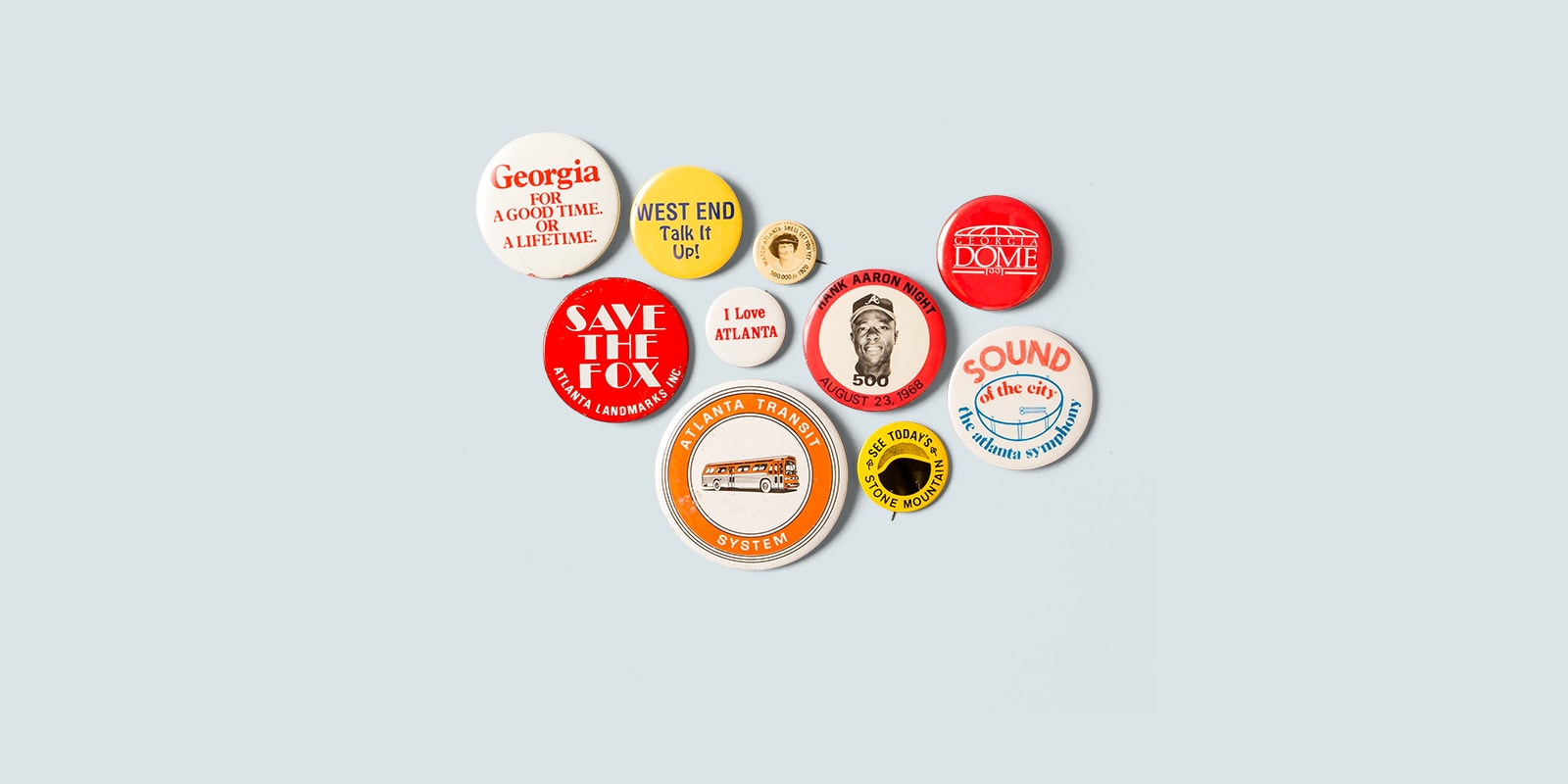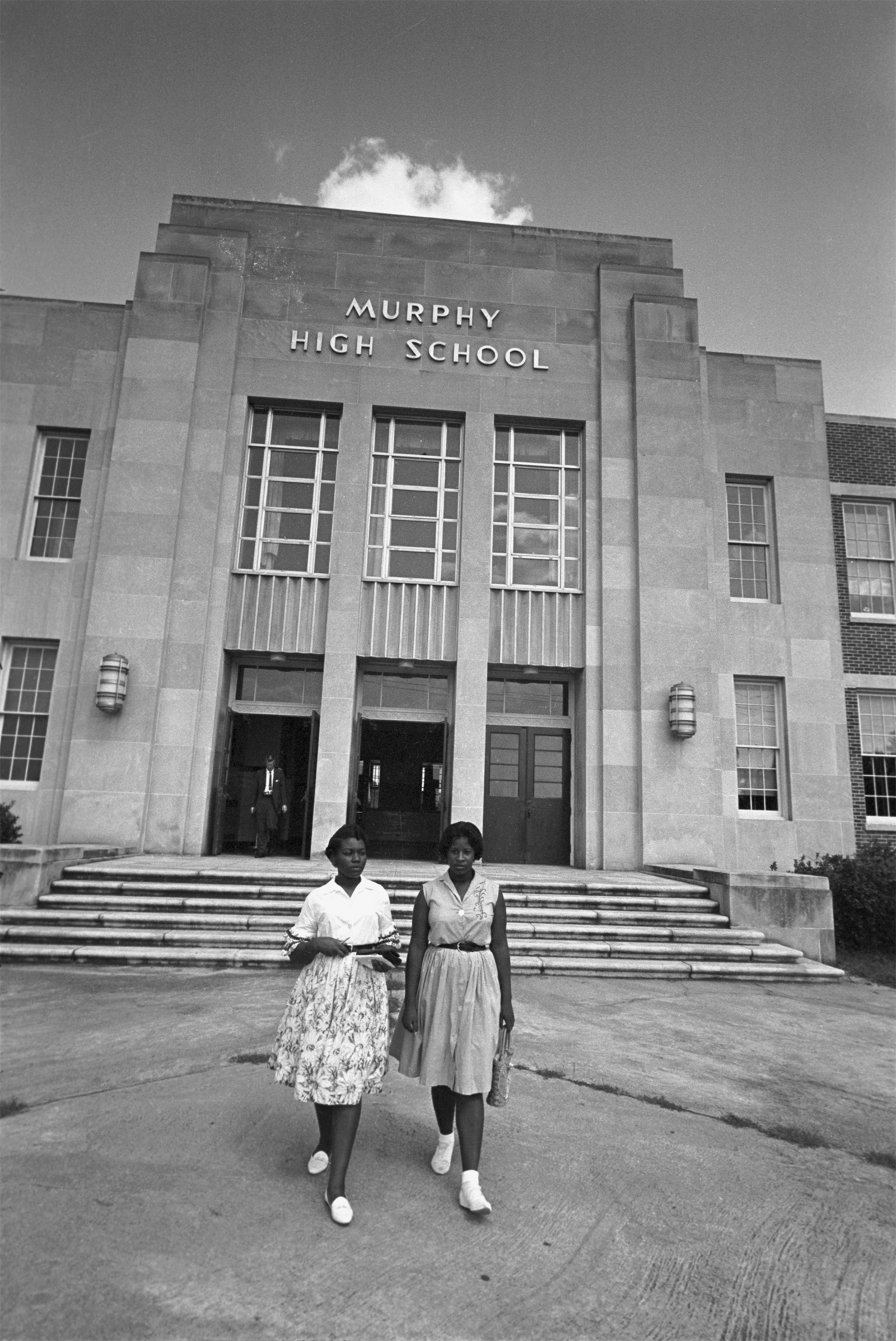Atlanta in 50 Objects
A pink pig and a renegade cow. A movie prop and a Coke bottle. A Pulitzer Prize–winning book and a Nobel Prize–winning icon.
How do you tell the story of Atlanta in 50 objects? We decided the best experts were Atlantans themselves—residents who cheer the Braves and rue I–285 rush-hour traffic, who understand how Civil War losses and Civil Rights victories together helped forge the city’s unique identity. Atlanta History Center asked the public to submit what objects they think best represent their town. The parameters were broad: an object could also be a person, a place, an institution, or an idea. After receiving hundreds of submissions, History Center staff assembled a collection of fifty pieces that represent the themes identified by the public. In addition to items from our own collections, we have partnered with many local institutions and individuals to gather artifacts from around the city to tell this community–driven story.


School Integration
African American students integrated Atlanta high schools on August 30, 1961.
After Brown v. Board of Education, an NAACP suit against the City of Atlanta in 1958 provided the catalyst. The integration process was carefully orchestrated to provide a positive representation of the city. The smooth integration process was the result of months of planning by the Organizations Assisting Schools in September (OASIS), a biracial coalition of four dozen community groups.
On September 8, 1961, Time Magazine reported:
Last week the moral siege of Atlanta (pop. 487,455) ended in spectacular fashion with the smoothest token school integration ever seen in the Deep South. Into four high schools marched nine Negro students without so much as a white catcall. Teachers were soon reporting “no hostility, no demonstrations, the most normal day we’ve ever had.” In the lunchrooms, white children began introducing themselves to Negro children. At Northside High, a biology class was duly impressed when Donita Gaines, a Negro, was the only student able to define the difference between anatomy and physiology…
Header Image: Martha Ann Holmes and Rosalyn Walton on the day the school was integrated, 1961. Courtesy of Kenan Research Center at Atlanta History Center, Bill Wilson Photographs